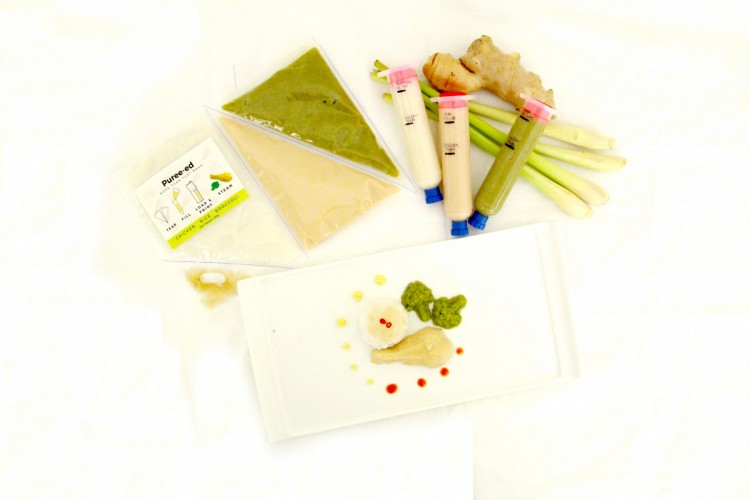Fill Me In
It is now possible to cater to people with chewing and swallowing difficulties through 3D food printing. Read on to find out more about how this advanced technology can help the elderly.
Singapore’s elderly population
A quarter of Singapore’s population will be made up of older people by 2030. Growing old poses health issues, such as malnutrition due to difficulty in chewing or swallowing. Not gaining proper nutrients through food can also cause a loss of bone and muscle mass in the elderly.
Challenges in feeding the old
In an interview with Singapore Institute of Technology (SIT), Ms Jolene Choo, Accredited Nutritionist, Fei Yue Retirees Centre said, “Currently, food prepared in hospitals and nursing homes are generally in the form of purees which is lumped together. We cannot see food such as broccoli in its shape, so it’s very difficult for the seniors to consume these food.”
Principal dietitian, Gladys Wong, also said, “The food (must be) nutritious as well and, more importantly, be visually appealing (so) that the elderly patient or people (who had a) stroke are able to eat it and want to eat it.”
Elderly with trouble swallowing food is the prime audience for 3D printed food, as it can be fully customised nutritionally and aesthetically, which encourages them to eat more.
How it works
Typically, 3D food printers are used to make chocolates and pastries. The food is prepared by additive manufacturing, where pureed ingredients are filled into the printer cartridge. The printer will then print out the puree in whatever form is desired by the user. This method of food preparation allows for fully customisable meals in terms of nutrition and visual presentation. It works well as a method of feeding the elderly as it looks appetising.
Printing meals locally
3D printing is not a new technology, but it is usually associated with creating materials to build automobiles and houses. But Russian cosmonauts explored the possibilities and printed meat in space last October, proving how useful the technology can be. Researchers are currently working to advance the methods of food printing, including developing a new kind of food ink, which can be used to maintain the food structure, which is somewhat similar to toothpaste.
Researchers working with Khoo Teck Puat Hospital are already printing food for the elderly and frail patients who struggle with swallowing food. Meals include sweet potatoes, pollack, green peas, and even liquids, such as milk. They aim to produce 3D printed chicken next.
However, a team of Year 4 Food Technology students, Loh Hui Lin, Seah Xin Hui, Tan Kai Chin, Cassandra Toh, and Vivian Chua Zi Xuan from Singapore Institute of Technology, have developed puree in the form of chicken, rice, and broccoli. The students designed the packaging for the food themselves, too. They packed the puree into single perforated packaging, which is also reusable as a refillable piping bag for the 3D printer cartridges.
Positive feedback from elderly
The food received positive feedback from the elderly at Fei Yue Retirees Centre.
“We started off by brainstorming product concept, generating designs to be printed, formulating our products, and conducting sensory testing with the elderly in Fei Yue Retirees Centre to understand their acceptability towards this new idea,” said Hui Lin.
“Eating fundamentally brings a lot of joy to people and it’s a pity when our elders cannot experience that when they have swallowing difficulties. While we are excited to have come up with an innovative solution, what really matters is that we are potentially improving the nutrition and the eating experience for our seniors. We are happy that our Asian chicken rice have received positive feedback.”
Limited capability
Despite the advances in the local industry, 3D food printing still has its limits. The range of food that can be printed is small, with scalability being an issue as well. Currently, it may take about 30 to 45 minutes to print out a single crab claw. Hence, there are constraints when it comes to providing for a large scale of people. Food safety regulations is also another issue, as there is currently no safe limit or rules.




























